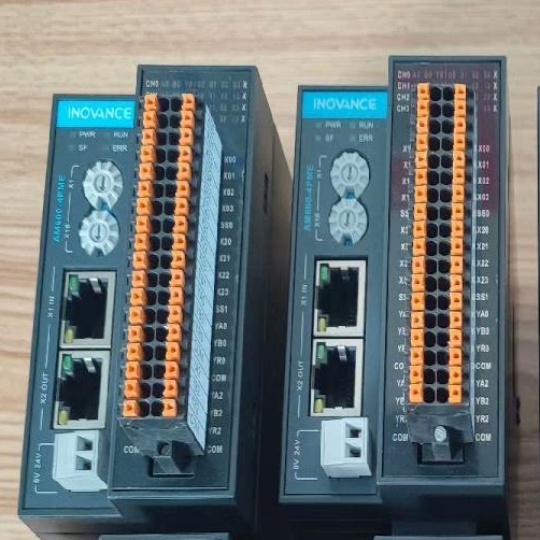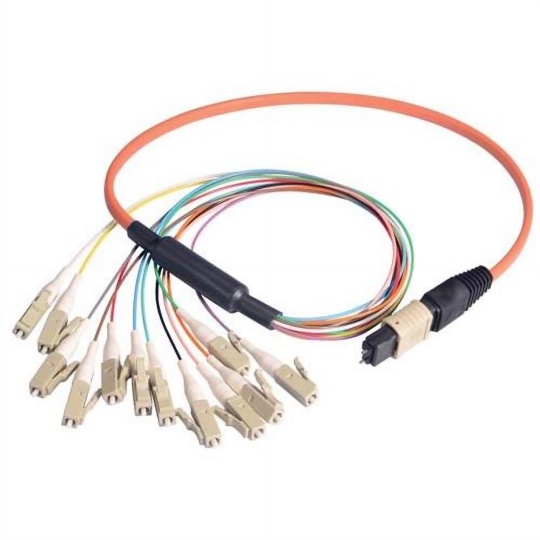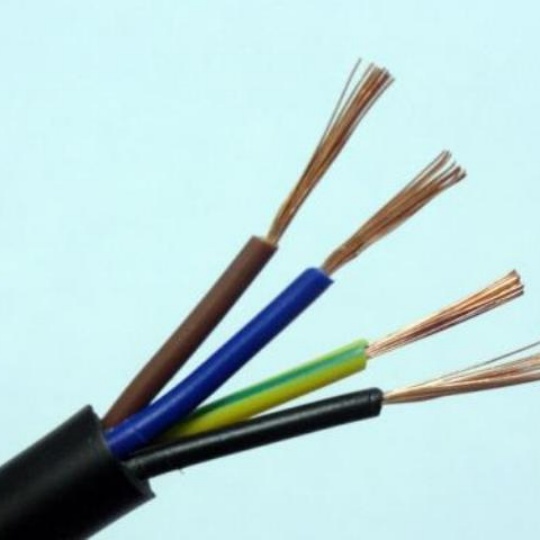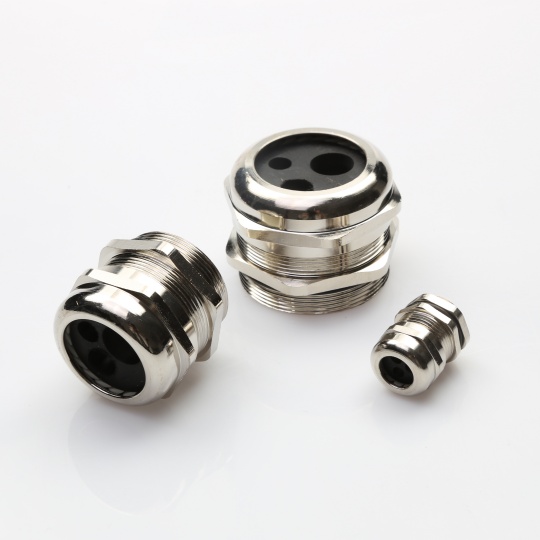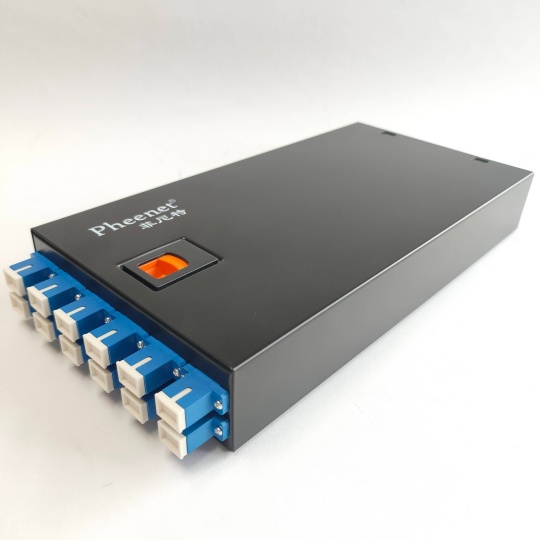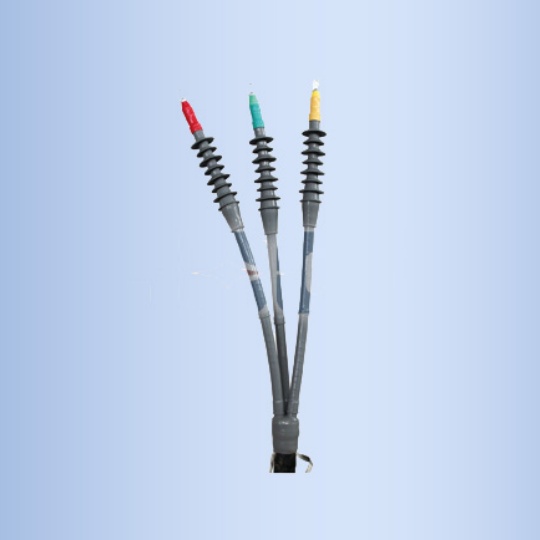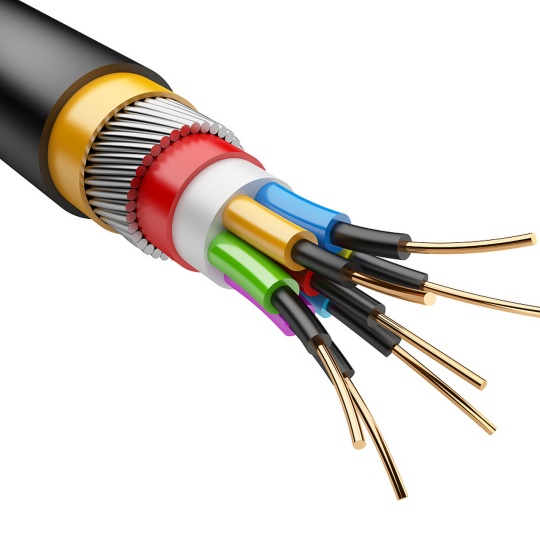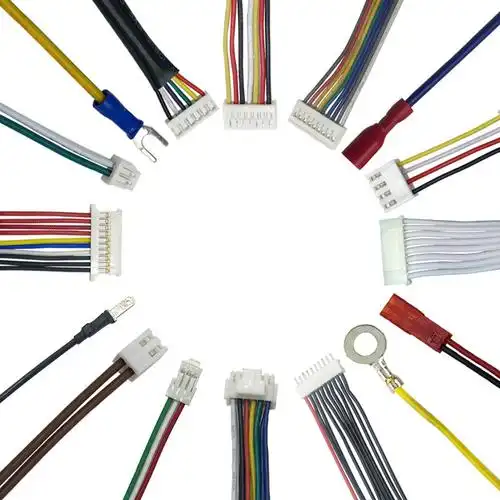Why Robotics Rely on High-Flex Industrial Cable Assemblies?
Robotics are transforming industries, from intricate assembly lines to demanding logistics centers. But what keeps these agile machines running smoothly? Often overlooked yet critical, high-flex industrial cable assemblies are the silent heroes ensuring reliable power and data transmission in every bend and twist.
The Robotic Challenge: Movement Demands Resilience
Robotic arms perform countless, precise movements daily – bending, rotating, stretching. Standard cables simply can’t keep up:
- Frequent Flexing Fatigue: Constant joint articulation pushes cables beyond their limit, causing:
- Internal Wire Breaks: Power outages, signal errors, unexpected shutdowns.
- Insulation Cracking: Creates safety hazards (shocks, sparks) and invites contamination.
- Tight Space Constraints: Compact robot designs demand cables that bend sharply without damage. Large bending radii increase strain and space usage.
- Torsional Stress: Rotating joints (like wrists and tool changers) twist cables. Regular cables aren’t built for this, leading to premature failure.
- Harsh Environments: Factory life exposes cables to oil, chemicals, abrasion, and temperature extremes, degrading protection.
Why High-Flex Industrial Cable Assemblies Are the Robotic Solution?
These specialized cables are engineered to conquer robotic movement:
- Superior Flexibility: Designed specifically for dynamic bending, resisting the fatigue that kills standard cables.
- Tiny Bend Radius: Maneuver effortlessly within the tightest robot joints without added stress.
- Extended Lifespan: Built for millions of flex cycles (e.g., 5-10+ million) – withstand years of robotic motion.
- Torsional Endurance: Engineered constructions handle the twisting inherent in rotary axes.
- Robust Protection: Enhanced jackets resist oils, chemicals, abrasion, and extreme temperatures, ensuring longevity.
- Clean Operation: Low-noise variants minimize signal interference for precise control and feedback.
Choosing and Maintaining High-Flex Robotic Cables: Your Action Plan
Maximize uptime and ROI with these steps:
- Define Your Needs: Calculate the required bending cycles (daily movements * robot lifespan), minimum bend radius, torsion requirements, and environmental exposure (chemicals, temp).
- Certify Compatibility: Ensure cables hold essential robotics certifications (e.g., UL, TÜV for flex life, relevant fire/safety standards).
- Optimize Routing: Use guides and strain reliefs to minimize sharp bends and reduce cable stress. Ensure lengths are sufficient to avoid tension.
- Prioritize Preventative Maintenance: Regularly inspect for wear, jacket damage, or kinks. Replace cables proactively based on rated flex life before failure occurs.
- Partner with Specialists: Work with suppliers experienced in robotics cable solutions. Leverage their expertise for application-specific selection and support.
Conclusion: Flexibility = Robotic Reliability
High-flex industrial cable assemblies are not just components – they are mission-critical enablers of robotic performance. Investing in the right cables, designed for millions of bends and harsh conditions, directly translates to reduced unplanned downtime, increased productivity, lower maintenance costs, and smoother automation processes. Choosing wisely today builds a foundation for a more efficient and trouble-free robotic future tomorrow.
Invest in flexible reliability. Power your robots for the long run.


